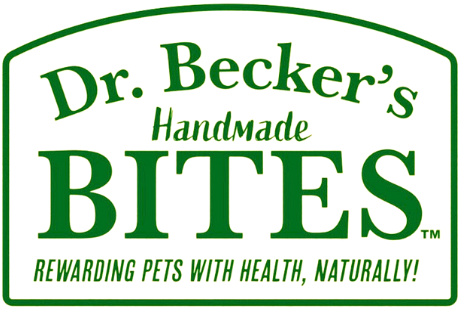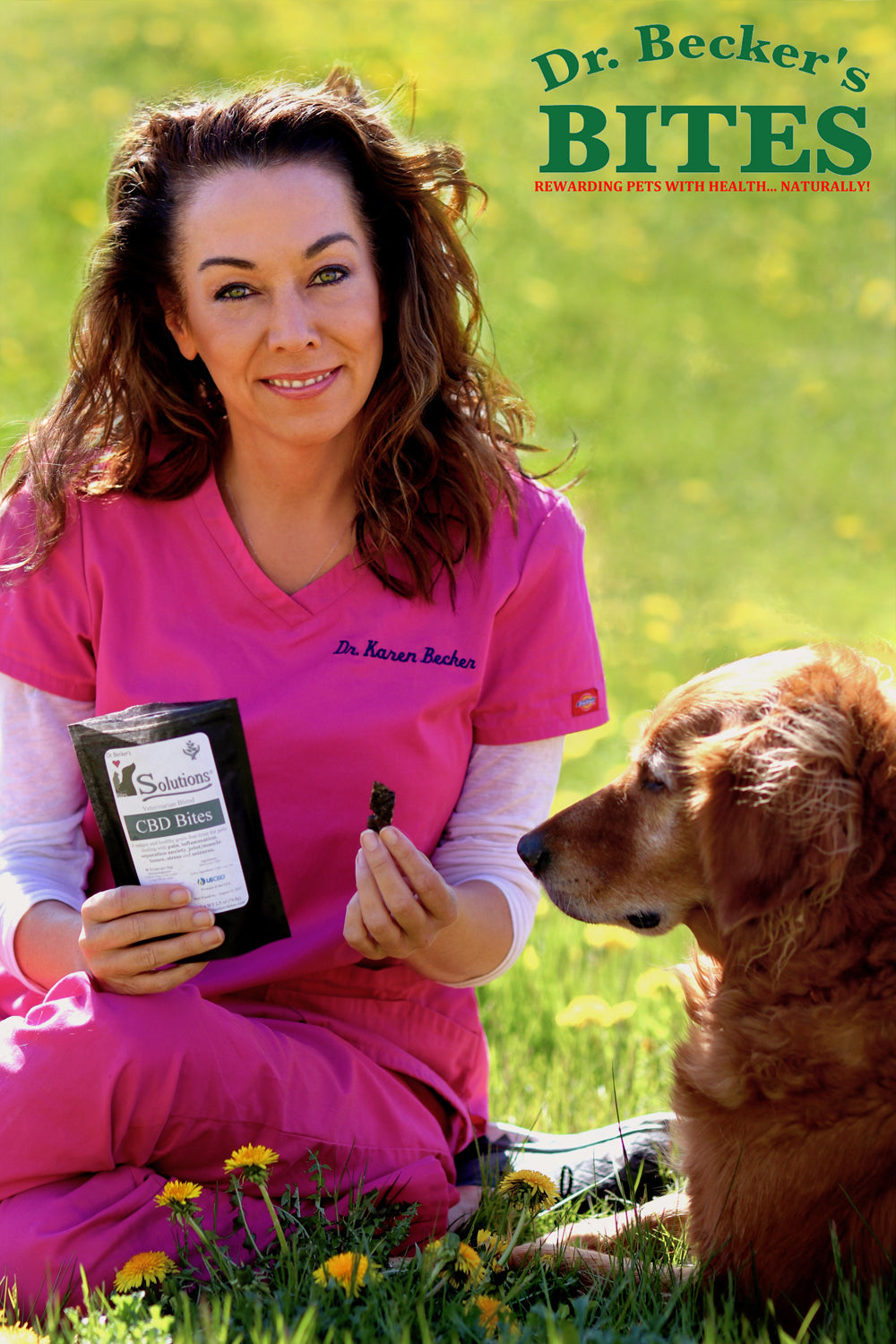 Article by: Dr. Karen Becker, DVM, NMD
Article by: Dr. Karen Becker, DVM, NMD
Fat has always gotten a bad rap; it’s taken quite a bit of research and clinical trials to convince society that there are good fats, and there are bad fats. But the simple mention of fat still has people suspicious.
The same is true in the animal world. Pet owners have had the opinion that fat is fat is fat. Would it surprise you to hear that not all dietary fats cause your animal to become overweight? Similar to humans, animals need “good” fats, like omega-3, for all the same reasons that humans need them.
Most of the common brand pet food found on the grocery shelves is high in carbohydrates and calories, which contribute not only to pet obesity, but also to their waste.
If your pet is on a healthy diet, complete with fatty acids, you will see visible benefits in his overall health and appearance.
Here is an example of a recent case that might help you understand the importance of your pet’s dietary fat intake. Donnie, a 7-year old mixed breed, neutered male dog arrived at my hospital with all the classic signs of omega-3 deficiency. He had tested positive for Demodex mange (a non-contagious skin mite that proliferates on immunosuppressed animals). Fifty percent of his hair was missing and the exposed skin was scabby from scratching. Both ears were infected, and he was not just over weight; he was over-fat and under-muscled.
Donnie’s owners rescued him from a shelter, where they were given the advice to put him down. Instead they brought him to me, where my goal was to provide this poor dog immediate relief, as well as address his nutritional deficiencies.
First things first, I started Donnie on a new, species-appropriate diet. Next, I started him on regular baths and ear cleanings, and provided an abundance of antioxidants and healthy omega-3 fats. It only took three months for Donnie to loose over 10 pounds. He was free from Demodex, and healthy new hair had grown back.
The owners were very pleased with his progress, but it was Donnie that was the happiest of all; he escaped a death sentence, he’s itch free, with a shiny coat, and agile in his new, rebalanced body.
Now you can see that omega-6 and omega-3 fats are as vital to your pet’s health as they are to your own. Fatty acids are crucial for many of your pet’s tissues and organs, everything from reproduction to a healthy skin and coat. Not just that, there is also evidence that essential fats increase your pet’s ability to fight off illness and disease.
Nutritional deficiency is the most common problem I see in my practice. On a daily basis I treat symptoms that include dry skin and chronic oral inflammation in cats, and recurrent skin and ear infections in dogs. Fortunately for the animals, these are easily remedied situations.
Essential Fatty Acids:
The Nature of Omega-6 and 3 Fats
For your dog or cat to obtain optimal health, they have fundamental dietary requirements for certain fatty acids. Animals do not produce these on their own; therefore they can only get them from the foods they eat, thus the term essential.
Omega-6 and omega-3 fats derive their names from their chemical composition. It’s important to realize that your pet requires both omega-3 (alpha-linolenic) and omega-6 (linoleic) acids in order to thrive.
Omega-6 Deficiency
Just providing these fats is not enough; it’s important that they are given the correct ratio of omega-6 to 3 fats. Current recommendations are for ratios of 10:1 to 5:1. Let’s take a look at the role omega-6 plays in your pet’s health.
When feeding your animal the typical commercial pet food diet, it’s likely he or she is getting too much omega-6 fat rather than not enough. The most serious effects of omega-6 fat deficiency will result in poor overall development and the inability to gain weight. An omega-6 deficiency can compromise your pet’s immune system and cause liver and kidney degeneration.
Other signs of omega-6 deficiency include:
* behavioral disturbances
* poor wound healing
* miscarriage
* sterility in male pets
The omega-6 fats also contribute to your pet’s skin and coat. A deficiency can result in dry, flaky skin and a dull, brittle coat. In this compromised condition, your pet’s skin can become prone to bacterial infections and itchiness. Omega-6 deficiency can also cause your pet to develop a condition known as hyperkeratosis (thickened skin).
Omega-6 fats are primarily found in plant oils such as flaxseed, hemp, and pumpkin seeds. If your pet is deficient in omega-6 fats (which again, is highly unlikely given the ingredients used in most commercial pet foods today), supplementation will benefit the skin, coat and nails, and can also help alleviate skin allergies.
The One to Watch:
Omega-3 fats. Omega-3 fats have the power to positively impact your pet’s health. Omega-3’s encourage the production of prostaglandins and leukotrienes, which help regulate inflammation (associated with arthritis), immune system response and blood clotting activity in your dog or cat. These two compounds have also been found to improve conditions of the bowel such as ulcerative colitis and inflammatory bowel disease.
Research indicates omega-3 fats may also prevent pet heart problems like arrhythmia and high blood pressure, as well as decrease triglyceride and blood cholesterol levels.
Ongoing studies are being conducted for Omega-3 fats’ potential to slow the development of certain cancers in pets, as well as for their ability to prevent or alleviate autoimmune disorders, allergies, and some skin conditions.
If your cat or dog is deficient in omega-3 fats, they can experience stunted growth, eye problems, muscle weakness and lack of motor coordination, as well as immune system dysfunction.
Tell-Tell Signs of Imbalance
As I mentioned previously, the ratio of omega 3 to 6 fats is very important to your pet’s overall wellbeing. Remarkably, most pets are consuming far too many omega 6’s and too few omega 3’s, leaving their delicate systems imbalanced.
Cell membranes and cell walls consist of two layers of phospholipids that are derived from omega 3 fats. The omega 3 fats allow for the production of eicosanoids (i.e. prostaglandins and leukotrienes), which are compounds that regulate inflammation, immune-reactivity and platelet aggregation.
Both omega-6 and omega-3 fats are extremely vulnerable to heat, so while these fats may have once been present in your pet’s food, it’s possible they lost their bio-availability during the kibbling or canning process. Essential fats are also very sensitive to oxygen and can become damaged quickly.
Most pet foods contain far more omega-6 fats than omega-3 fats, which mean that it may be necessary to add in additional omega 3’s in its diet. The optimal source of omega 3’s is marine body oils, the most biologically available of which is krill oil.
Krill is a marine animal that closely resembles a shrimp in appearance found in the cold oceans of the world. This marine animal is being increasingly harvested for its oils, which closely resemble the omega-3′s found in fatty fish, but with a few important differences. The slightly different structure of the omega-3′s in krill oil make them more easily absorbed by your pet and more available to cells. Krill oil also has powerful anti-oxidant benefits not found in omega-3′s from fish oil sources.
If your pet is not experiencing any health issues, I recommend supplementing with krill oil as follows:
* 250mg daily for toy breeds and cats (1-14 lbs)
* 500mg daily for small dogs (15-29 lbs)
* 1000mg daily for medium dogs (30-49 lbs)
* 1500mg mg daily for large dogs (50-79 lbs)
* 2000mg daily for dogs 80+ lbs
To most of us our pets are like our kids; and there is nothing more important for your pet’s health and longevity than good nutrition. Insuring that your dog’s or cat’s diet includes a proper balance of omega-6 and 3 fats can make a tremendous difference in the health of your four-legged family member.

